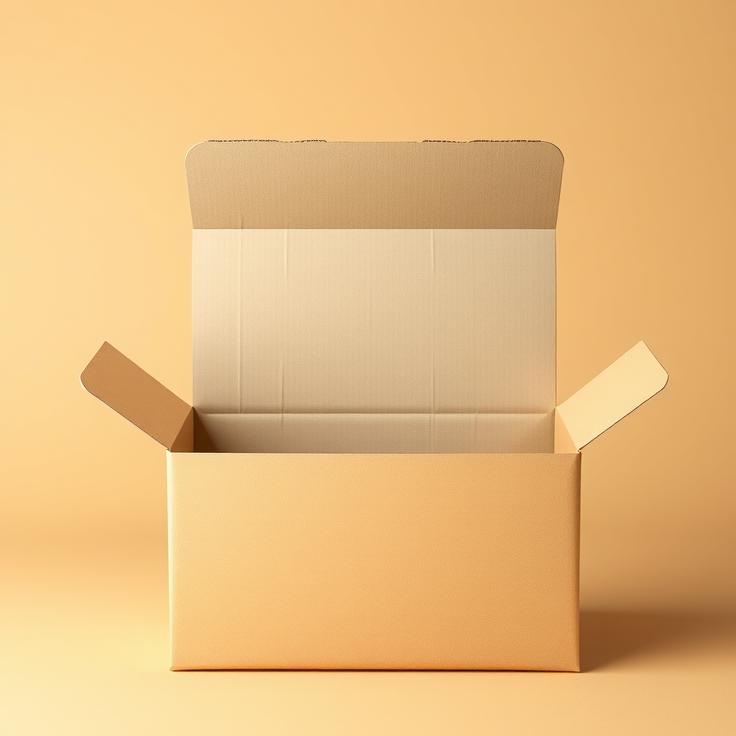Rigid boxes are a premium packaging choice for brands looking to enhance their product presentation. These sturdy, elegant boxes offer durability and a luxurious feel, making them ideal for high-end products. If you’ve ever wondered how a rigid box is made, here’s a detailed step-by-step guide to the process.
1. Understanding the Requirements
The first step in making a rigid box is understanding the client’s packaging needs. Different products require different box styles, sizes, and finishes. Businesses must decide on dimensions, design elements, and branding preferences before production begins.
Once the specifications are clear, manufacturers select suitable materials. Rigid paper boxes are often made using high-quality grey board or chipboard, which provides a strong and sturdy structure. The thickness of the board is chosen based on the product’s weight and required durability.
2. Cutting the Raw Materials
After finalizing the design, the manufacturing process begins by cutting the raw materials. Large sheets of greyboard are precisely cut into specific dimensions using die-cutting machines. Accuracy is crucial at this stage to ensure the final rigid box fits perfectly together.
Once cut, the individual panels are separated for further processing. This step sets the foundation for the entire box and determines its structural integrity.
3. Creating the Box Structure
The next step is assembling the rigid paper box. The cut greyboard panels are folded and glued together to form the basic structure. Since rigid boxes don’t collapse like folding cartons, they need precise gluing and pressing to maintain their form.
Box corners are reinforced with strong adhesives, ensuring stability. Some manufacturers use specialized corner pasting machines to enhance strength and durability. The assembled boxes are then left to dry to maintain their shape.
4. Wrapping with Decorative Paper
To give rigid boxes a premium look, they are wrapped with high-quality paper. This outer wrapping can include branding elements, textures, patterns, or luxury finishes like matte or gloss lamination.
The wrapping process is done using specialized machines that ensure smooth application without air bubbles or misalignment. At this stage, options like foil stamping, embossing, or soft-touch finishes can be applied to enhance the box’s aesthetic appeal.
5. Rigid Box Printing and Branding
Branding plays a key role in packaging, and rigid box printing is where the magic happens. Using techniques like offset printing, UV printing, or digital printing, logos, brand names, and custom designs are applied to the wrapped surface.
High-end brands often opt for embellishments such as foil stamping, spot UV, or embossing to make their rigid paper box stand out. These techniques enhance the visual appeal and reinforce brand recognition.
6. Adding Inserts and Functional Elements
Depending on the product, rigid boxes may include inserts for added protection and presentation. Inserts can be made of foam, cardboard, or velvet, providing a snug fit for delicate items like jewelry, electronics, or cosmetics.
Some rigid boxes also feature magnetic closures, ribbons, or window cutouts for an extra touch of luxury. These functional elements not only improve usability but also enhance the unboxing experience for customers.
7. Quality Control and Inspection
Before packaging is completed, each rigid box undergoes a thorough quality check. Inspectors examine the boxes for any defects, such as misaligned prints, uneven wrapping, or structural flaws.
The quality control team ensures that all boxes meet the highest standards. Any defective boxes are discarded or reworked to maintain consistency in the final product.
8. Final Packaging and Shipping
Once the Custom boxes pass the quality inspection, they are packed and prepared for shipping. Rigid boxes are often stacked carefully to prevent damage during transportation.
Manufacturers may also offer assembly and product packaging services, where products are placed inside the rigid paper boxes before being shipped to retailers or customers. This final step ensures that the product arrives in perfect condition, ready for an exceptional unboxing experience.
Conclusion
The process of making high-quality rigid boxes is a combination of precision, craftsmanship, and advanced technology. From selecting the right materials to branding and final packaging, each step plays a crucial role in creating a durable and visually appealing box.
If you’re looking for premium packaging solutions, working with an experienced manufacturer can ensure you get the best results. Whether for luxury goods, cosmetics, or electronics, rigid box packaging adds an extra layer of sophistication and protection.
